SARASOTA – From $40 in 1998 to $3.80 in 2009. That’s not good. Some see disappointment. But not everyone.
The news recently was that the Italian luxury shoe maker Tod’s had purchased shares in Saks (NYSE: SKS). Apparently Diego Della Valle, Tod’s Chairman (called the Italian Ralph Lauren), purchased 8.48 million shares, and he paid $30 million, the price of a few decent Palladian villas, for what is one of America’s iconic retailers.
He must know what he is doing. Here’s why:
First, I think Italians know how to deal with an economy that’s all screwed up, and socialized, and sell quality goods in that environment. In stratified societies where there is old money, you buy good quality, and keep it repaired. That’s the way it was in the 1970s in rural Virginia. While it wasn’t socialized, it was definitely stratified and stagnant. The poor bought luxury for flash, to give themselves a little burst of glamor. And the old money (or declining money) spent carefully on quality, and spent the rest of their treasure at Dollar General, Safeway and Western Auto.
I am always curious how Saks is doing. It is a relic, and a good one, and a trip to the local store reminds me of the one on Fifth Avenue, if just for a fleeting second. It gives you a glimpse of that big old store, even on the Tamiami Trail suburban strip. So I went in the Sarasota, Florida Saks Fifth Avenue store on a Thursday afternoon, after a trip to the post office. Of the department store brands that are still around, the only ones that have a real national classic cachet are Lord & Taylor, Bergdorf and Saks. While Nieman Marcus and Nordstrom have cachet, the don’t have New York cachet and brand appeal, and that’s important.
The Saks was buzzing. Humming actually. The music was a slightly unfamiliar popular standard, but it gave the right atmosphere. The lighting was correct. The staff was busy, but not so busy that they didn’t meet your eyes when you walked through. It was in contrast to some press reports that non-performing stores would have to be closed.
I don’t know which lines were selling the most, but Trish McEvoy, Bobbi Brown, Keihl’s and St. John were featured brands. The shelves looked fairly full; one problem I often see in Saks in recent years is that the stores take a minimalist approach and don’t have enough to sell, and so must rely on selling goods that are way too marked up for anyone but the fantastically rich. That’s in direct contrast to the Saks of old, which, while exclusive, sold soft lines for all markets.
There are still problems. You go in the store, and there are Lucky sweats right as you come in the door. I find Lucky sort of trashy. And I still also have a sense that the shelves feel a bit lean, though they aren’t as lean as they were earlier this year. And I still wonder how their store in Richmond, Virginia is doing. While I lived there, it always seemed empty, and the assortment out of tune with a conservative Southern city. Recent comments from CEO Stephen Sadove in the Wall Street Journal had one worrisome quote, saying that many customers should buy $700 handbags instead of $1,000 handbags, but within the same brand. I am sure he knows his customer, but I am not sure who is buying $700 handbags these days.
The Fifth Avenue real estate that Saks owns is worth hundreds of millions, but not as much in the current market. We could guess at its value, but the only true value would be if the company had to sell the real estate, and we will only know that when or if it happens.
Where does Saks go from here?
Saks might well go into an old playbook to figure out a way to revive itself. In the 1950s, for instance, they had a ski shop in North Conway, New Hampshire, run by a fellow named Carroll Reed. Eventually he spun it off into his own store. Instead of just a retailer, Saks should think of itself as being an incubator of brands and retail concepts. They are considering leasing space to vendors, which is an excellent idea and harkens back to tricks old department stores used to play to keep revenue coming in. What is forgotten is that the old department stores were not just retailers, they were in the business of real estate, and leased out dozens of different departments inside their stores.
P. Schoenfeld Asset Management LP, a hedge fund firm and Saks shareholder, has called for governance reforms at the struggling luxury chain. Reuters reported recently that Barclay’s analyst Robert Drbul said the chain’s biggest issue was the faltering demand for luxury items. No duh! “The big question is when will the top line return? When will demand return? That’s out of their control,” Drbul said.
Yes, all of that is out of their control. But what is under Saks’ complete control is that they have a decent amount of cash and credit, some good real estate, an excellent brand and a very long track record. They should and can be able to adapt without losing their cachet. It’s all about being creative, and if they have that, they can sell goods. Saks survived the Great Depression and World War II rationing, after all.
Saks is not another Barney’s. I don’t understand the fuss. Because if Saks can’t make it with its sterling assets, we are in for a far bigger heap of trouble than just one more department store joining B. Altman, Gimbel’s, Peck & Peck and Bonwit Teller in the great store graveyard.

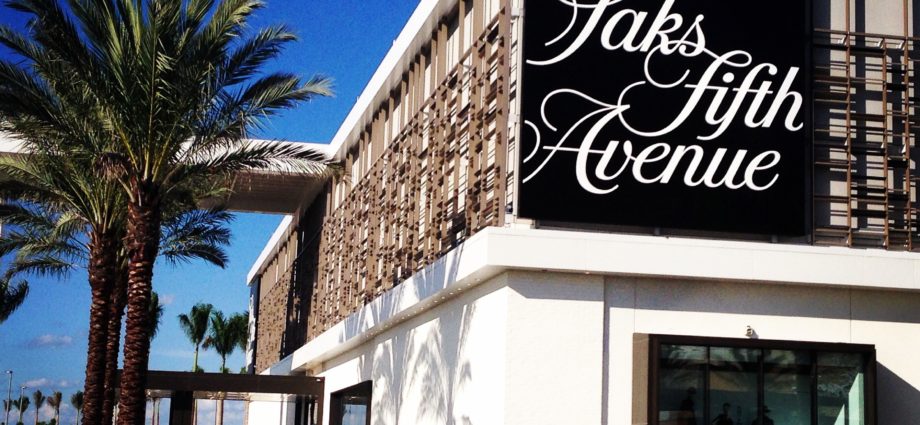

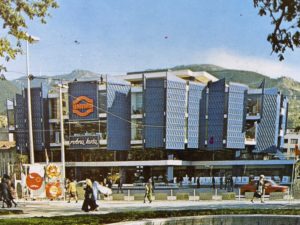
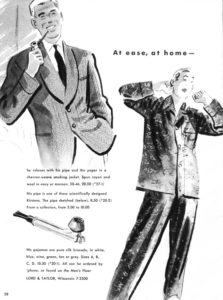
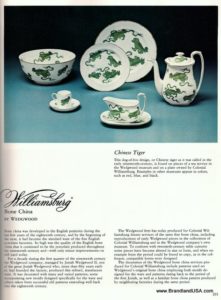

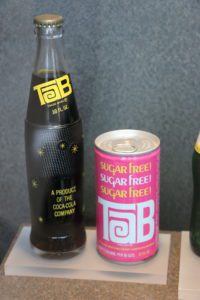
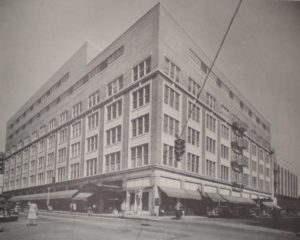
How can you mention Neiman-Marcus in the same breath as Nordstrom? They are worlds apart.
And you say that Neiman’s has no New York cachet? Well, N&M and Bergdorf’s are one and the same corporate family.
I used to work for Bonwit Teller in White Plains and in NYC in the junior and preteen department and loved the store. My buyer was Pearl Bern and they named the dept after her. It was a classy store, and Mr. Walter Hoving was the top man. I wish it would come back so we can dress like ladies again.
Years ago (before BAT bought it) Saks’ main store on 50th and Fifth Avenue, used to be one of the top department stores in NY. Then about eight or nine years ago it suffered a total drop in service — absolutely no salespeople on a floor, etc. More recently the service is much better, but the store feels somewhat large and chaotic. These days I associate it with excellent Moschino buying, and the terrific 70%-off sales of last fall — 2008.
Note to editor — you did not mention that Neiman Marcus owns Bergdorf Goodman . Since that purchase, the store design of is somewhat more Dallas than New York — and the lighting in the basement cosmetics department is awful — totally fluorescent. Interestingly, Bergdorf has held no sales all spring and one does not see many customers.
ERV,
CEO Brandwatchers Anonymous